Art

Autumn 1
This term, the children will be investigating images of animals in camouflage.
They will be using old skills that they have learnt previously and new ones and start to use primary and secondary colours to create and sketch they own animal in disguise. In groups, the children disscussed why do animals need to use camouflage and how does the human race utilse these skills. The children created a palette of colours for different environments such as Desert, Jungle and the Cold. The children have been used they knowledge inYear 5 such as dry media, crosshatching and shading to create images.
Camouflage is an ancient art, and species around the planet depend on it daily for survival.
Organisms use camouflage to mask their location, identity, and movement. This allows prey to avoid predators, and for predators to sneak up on prey. A species’ camouflage depends on several factors.
Chameleon Gecko
:max_bytes(150000):strip_icc():format(webp)/camo.chameleon-5e4d76a587ba4ca5966344203a80be08.jpg)
:max_bytes(150000):strip_icc():format(webp)/camo.gecko-30796cd6164445b590144f7ac207a208.jpg)
November 2022
This term, the children will be looking at the famous ceramic artist and designer.
Clarice Cliff is regarded as one of the most influential ceramics artists of the 20th Century and her work is collected, valued and admired the World over.
Below are some key facts about her:
Key Facts:
- Clarice Cliff born on January 20th 1899 in Tunstall, Stoke-on-Trent.
- Clarice started work at the age of 13 in 'The Potteries'.
- Moved to the AJ Wilkinson's pottery factory in 1916.
- Clarice given her own studio. The famous 'Bizarre' wares launched 1927.
- She marries her then boss, Colley Shorter, in 1940.
- Moves with Colley to Chetwynd House, with its stunning gardens.
- The factory continues to produce pottery bearing Clarice's name until 1964e some of her art
Below art pieces
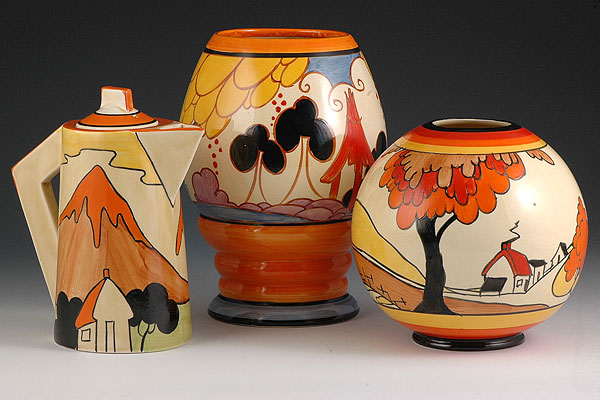
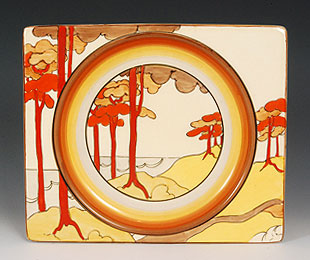
The children are designing their own version of Clarice Cliffe this week. They have looked at various design which have helped them to create their own piece.

Please check back later to see the childrens's masterpieces.
Spring 2
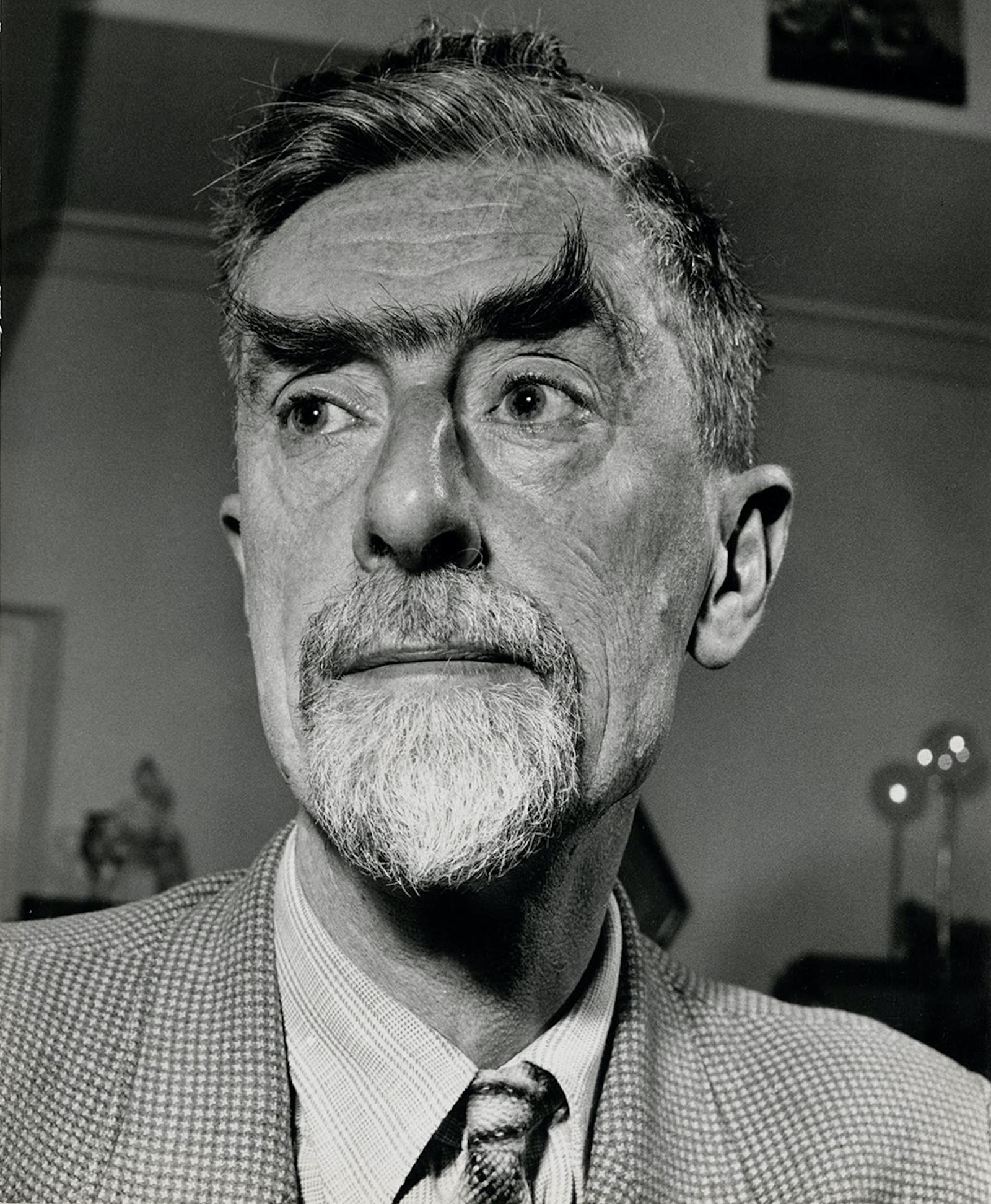
Maurits Cornelis Escher was a Dutch graphic artist who made mathematically inspired woodcuts, lithographs, and mezzotints. Despite wide popular interest, Escher was for most of his life neglected in the art world, even in his native Netherlands. He was 70 before a retrospective exhibition was held.
Most popular work



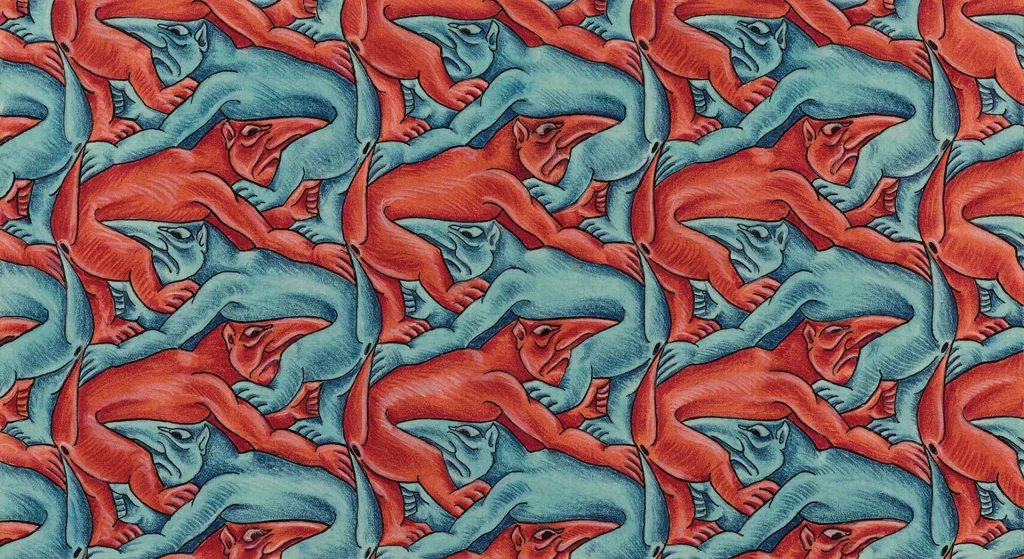

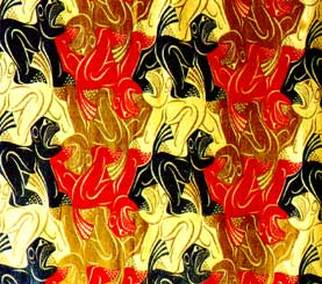
The children have been looking at his art work this week and on Friday, the children invited their parents in to help them create their own work.
![IMG_2300[1].JPG](/uploads/378/images/IMG_2300[1].JPG)
 Reedley Primary School
Reedley Primary School![IMG_1965[1].JPG](/uploads/378/images/IMG_1965[1].JPG)
.JPG](/uploads/378/images/IMG_1975[1](1).JPG)
![IMG_1984[1].JPG](/uploads/378/images/IMG_1984[1].JPG)



